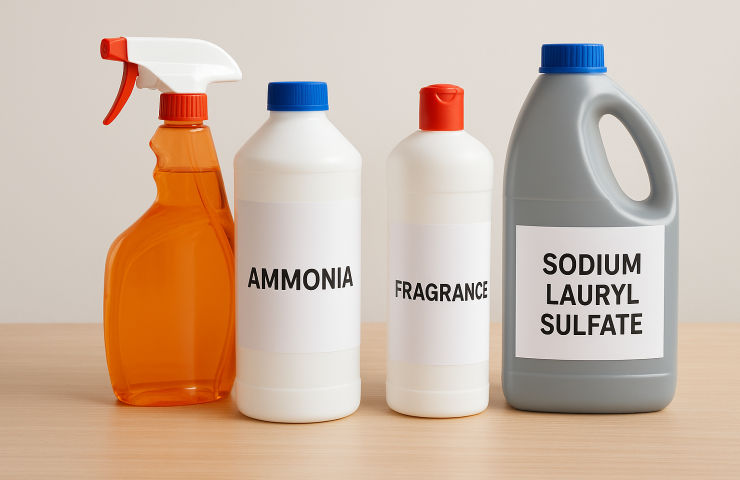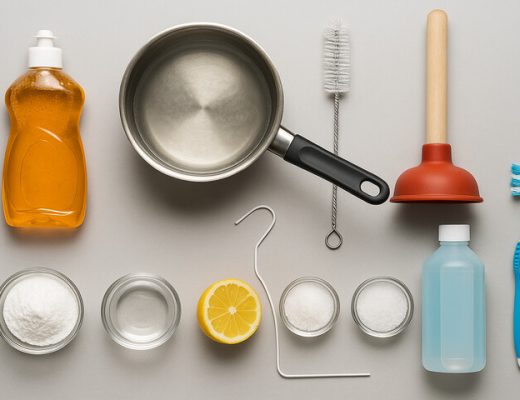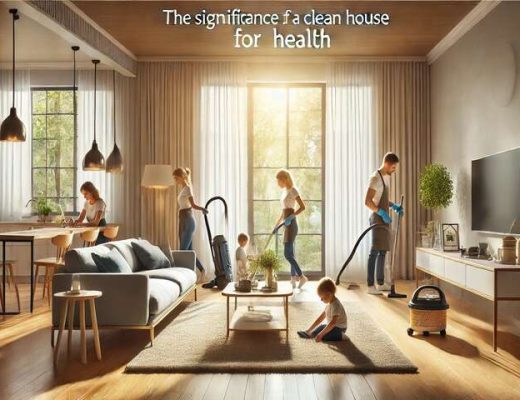7 Harmful Cleaning Chemicals and How to Identify Them
Have you always wondered what it is that we are using in cleaning products that we apply in our homes? Are there any of these chemicals present in your home that you are not aware of, or do they pose some form of harm to you and the environment? A good number of cleansers available in the market today contain these unexplained chemicals that are notably efficient, but what is the price to pay? The most important thing is to be able to understand the label because the truth is wrapped in it.
For a trusted resource on identifying and handling hazardous substances in household settings, see the Australian Department of Health’s Safe handling of chemicals – Introduction to aged care – Facilitator guide. Here in this short guide, we introduce seven generic cleaning products that should be avoided and explain how they may be identified. If you are willing to work harder and clean better, then you are ready for cleaning smarter. Now let it talk about the ways to start thinking about cleaning your house in a more efficient manner using safe chemicals.
1. 2-BUTOXYETHANOL
Also, it is said to cause intense skin and eye irritation to the persons handling the chemical known as 2-Butoxyethanol, as per Bond Cleaning Sunshine Coast. It has also been researched to have some relevance to blood disorders in laboratory experiments. Ethylene glycol ethers are a class of solvents, and this particular ingredient falls under this category. Ingestion of it could have side effects such as central nervous system depression, vomiting, nausea, headaches, and diarrhoea. This ingredient is used in products that give some perception of being healthy because of the fruit scents, for instance, citrus, green, orange, or lemon. This substance is present in a number of products, acceptance carpet cleaning solutions, glass cleaners, oven cleaners, general-purpose cleaners and many others.
The only way one can be in a good position to work on the betterment of his or her health then one should ensure that he or she does not use this product at all. As for discovering it, one should identify where the brand has indicated the ingredients on the package, If one sees the chemical list, then he/she should definitely stay away from the product.
2. AMMONIA
Another of those poisonous gases that affect the throat, eyes, and skin is ammonia gas. Firefighters or persons who work near industrial areas or in confined spaces are also at a higher risk of contacting ammonia because their respiratory tract is normally highly sensitive to the compound. There has also been a lot of evidence pointing to it causing harm to the liver and the kidneys. It is flammable if it comes in contact with other usual cleaning agents; it gets in contact with chlorine bleach to form chloramine gas, which is toxic in nature.
That is why any expert who works with professional bond cleaning knows that such chemicals are hazardous, and they do not use them at all. Yes, it is ammonia solution which is used frequently for cleaning such things as glass, sinks and so on. They are present in window cleaners, toilet cleaning agents, bathroom cleaners, car polish, etc.
3. Fragrance Chemicals
There are many chemicals used in the preparation of the cleaning products in order for them to have the aroma added to them. For many products, ‘fragrance’ on the list may contain a list of various chemicals, including phthalates. Some of them cause headaches, wheezing, migraines and such like. This is due to the fact that the dictionary form of this word is still considered a trade secret, and as such; companies are prohibited from expressing or disclosing the various chemicals and formulations which may be used in creating a certain scent. When choosing the cleaning products, read the list of ingredients and try to identify whether the term “fragrance” was included. The right thing to say is if you see it written merely as ‘contains’, for example, ‘a blend of essential oils’, then better stay clear of that product.
4. PHOSPHATES
Fertilisers contain phosphates in high concentration, and the same is also the case with this product when it is washed down the sink and into the rivers. It could lead to a sudden surge in the growth of vegetation, leading to a proliferation of algae, which strip the water of oxygen, thereby suffocating organisms that will start to die. Algae then start to grow and multiply in this environment. Algae bloom is known to have rendered many tourist attractions unfit for use, while it has the capability of killing animals and people. This is why most of the end of lease cleaners guarantee that if you notice any of these chemicals on the ingredient list, then you should avoid them.
5. MEA (MONOETHANALOMINE)
MEA is a highly corrosive substance, and as such, in concentrated form, might cause bleeding in the area that has been exposed to the sample. Inhaling it can also have other harmful effects and inflict damage to the outgoing bronchial tube as well as the lungs. In essence, MEA is a carcinogen or a neurotoxin. Hence, it can definitely harm the kidneys and liver if taken with a lot of frequently. Consequently, it is preferable not to indulge in it. It’s used in many dishes and products, and you will find it in:
- Floor cleaners
- All-purpose cleaners
- Oven cleaners
- Car wash products
- Liquid laundry detergents
- Degreasers
- Dishes soap
6. TRICLOSAN
In a way, Triclosan is an antimicrobial substance, but it was found that such products contribute to the development of antibiotic-resistant strains of bacteria. This makes the bacterial infections not to be easily eradicated by the treatment methods that are usually prescribed to patients. Triclosan is an antimicrobial substance that has been proven to disrupt the human body hormones, hence considered as an endocrine disruptor. It is toxic and may cause pollution of water sources, and the concentrations shall be toxic to entities in the ecosystem. For this reason, bond cleaners will advise against the use of this chemical when considering antibacterial ones.
7. SODIUM LAURYL SULPHATE (SLS)
Any of the frequently used wetting agents, such as sodium lauryl sulphate of the following side effects; it is a skin irritant and toxic to water animals.SLS is a corrosive agent and also, it is absorbed into body tissues whenever the products with this ingredient are often used. Another one is Sodium laureth sulphate or SLS, and it is SLES is an “ethoxylated” version of the chemical, and it is milder than SLES. However, the production of this product creates a way for carcinogenic pollutants to be released to the environment. Therefore, you should not use it in your detergents, dish soap, toilet bowl cleaners, and so on.
Conclusion
Thus, one can improve his or her health, the health of the loved ones and contribute to the health of the planet by studying labels and opting for the correct products. It is a difficult world out there: Choose safer and cleaner with confidence, because smart cleaning begins with knowledge.
Also learn about 7 Simple Habits for a Tidy and Clutter-Free Home



